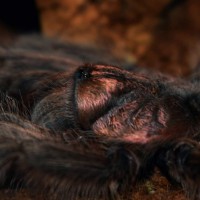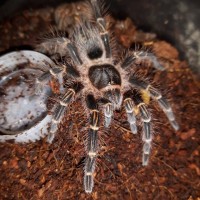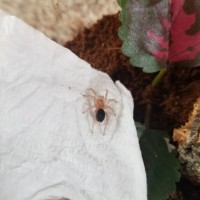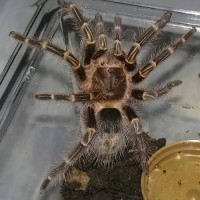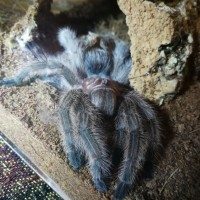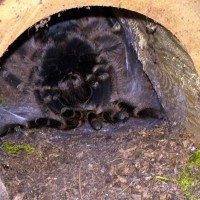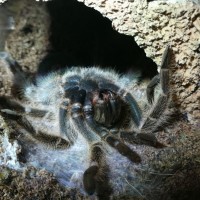Media information
- Category
- Grammostola
- Added by
- cold blood
- Date added
- View count
- 1,108
- Comment count
- 12
- Rating
- 4.00 star(s) 1 ratings
Image metadata
- Device
- samsung SM-J320R4
- Aperture
- ƒ/2.2
- Focal length
- 3.3 mm
- Exposure time
- 1/101
- ISO
- 50
- Filename
- 20180228_202536.jpg
- File size
- 878.7 KB
- Date taken
- Wed, 28 February 2018 8:24 PM
- Dimensions
- 1089px x 1190px

